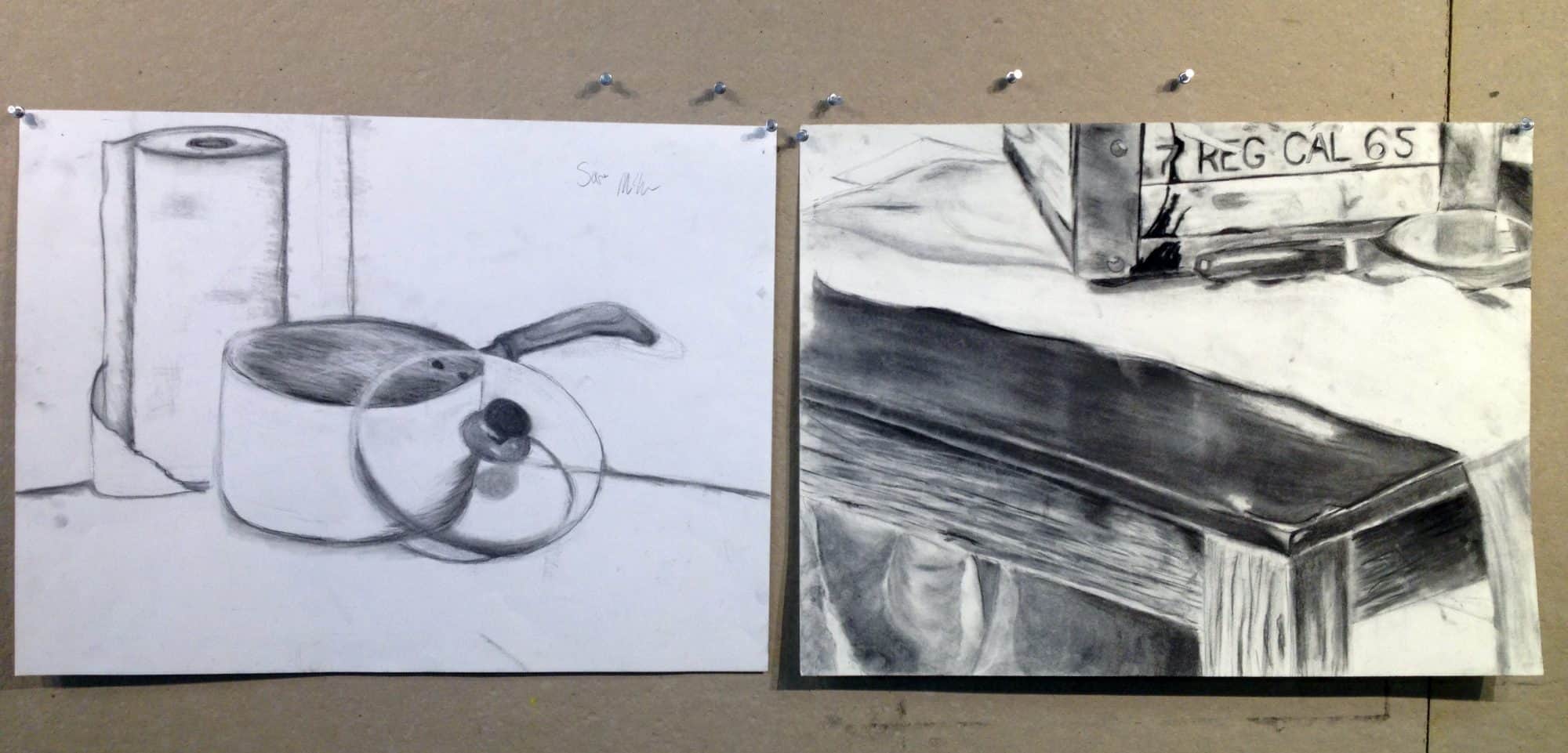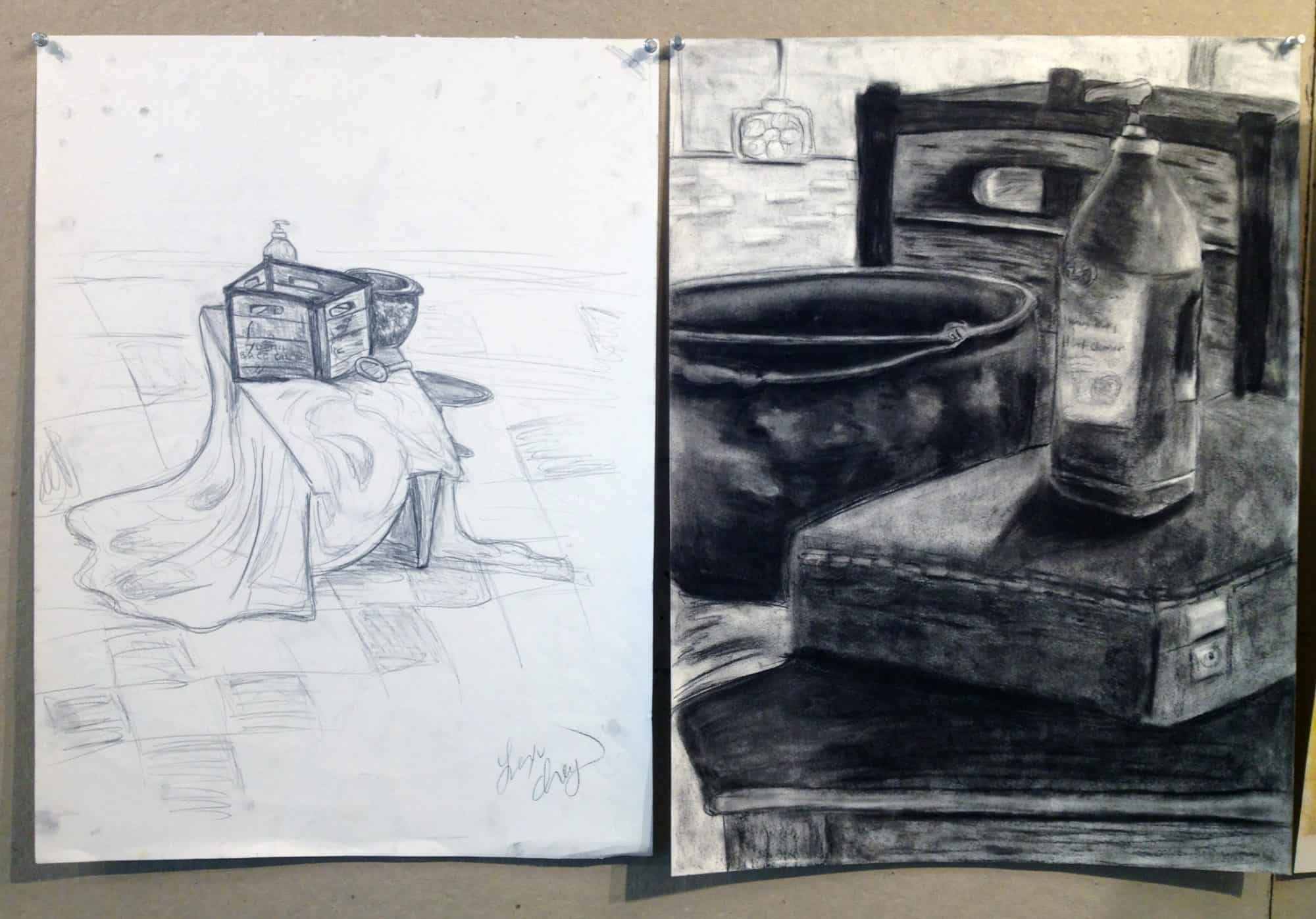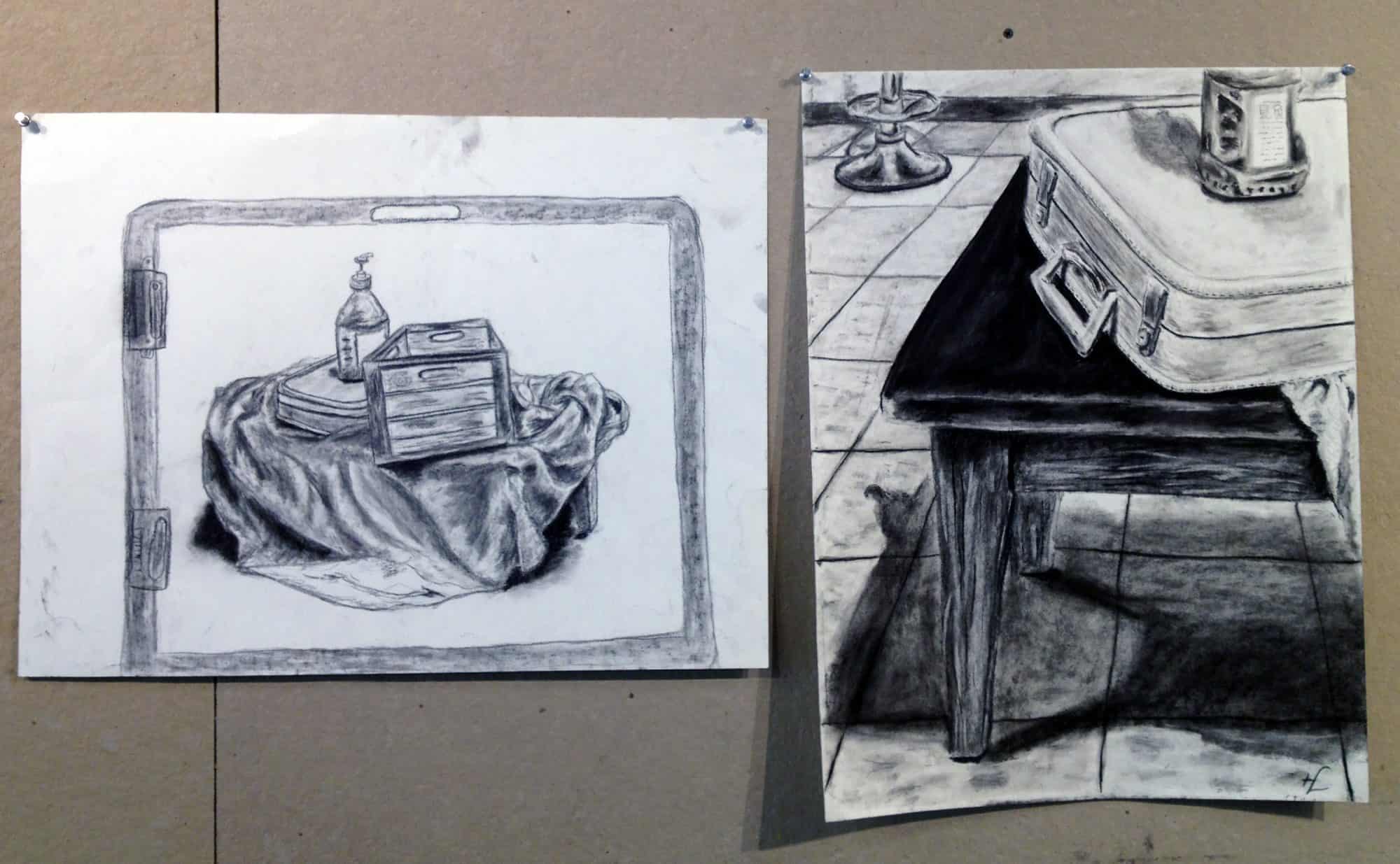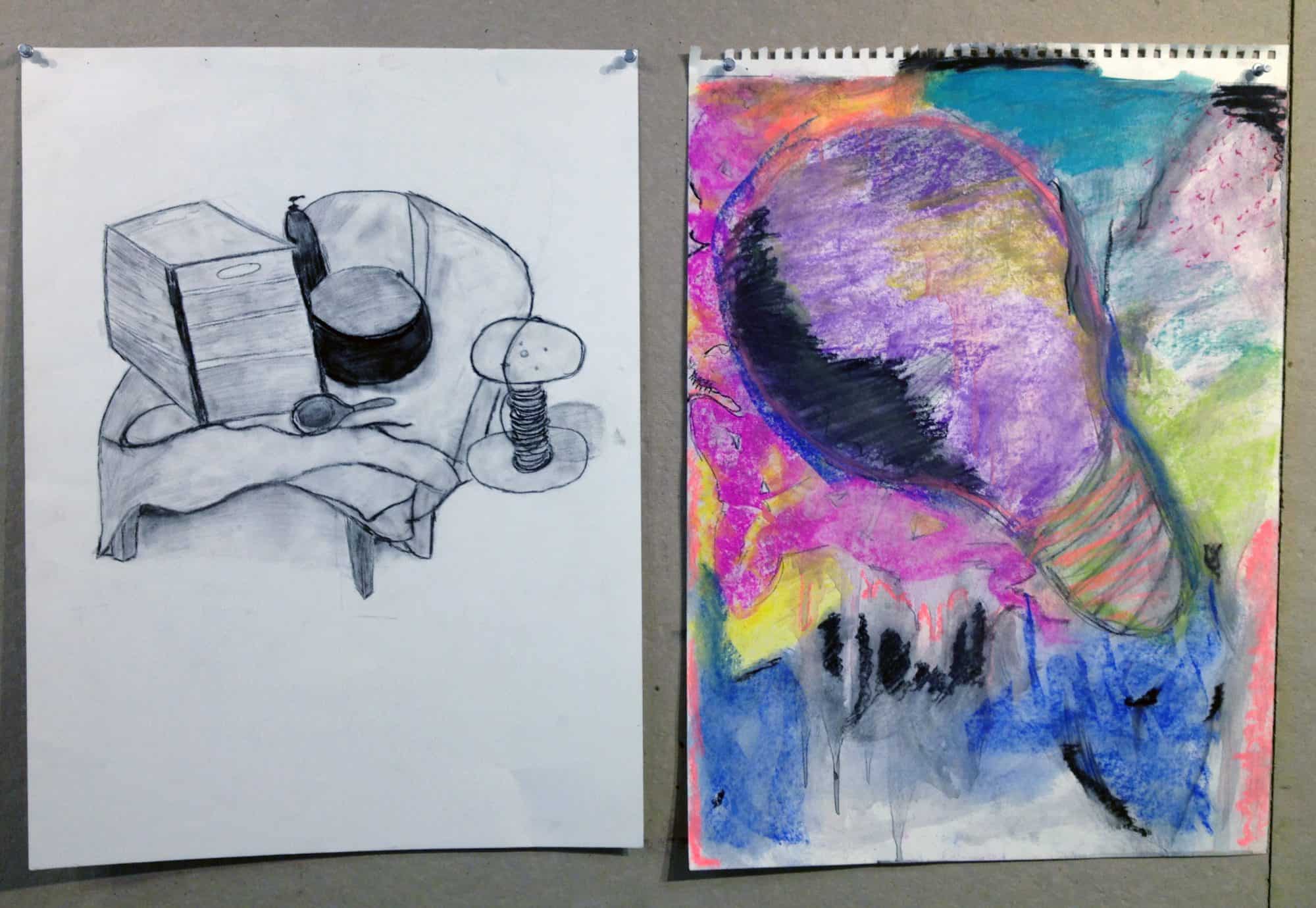I’ve been teaching art in college for many years now. On the first day of class, I always tell students that the way they learn in an art class is very different from how they learn in a lecture class. Rather than giving the students the information upfront and asking them to remember and synthesize it, they are given a problem and asked to solve it. So, for example, they may be given a still life to draw but not told exactly how to draw it. It is placed in front of them and they do the best they can. At the end of an assignment is the all-important critique where we discuss how they did, what was effective, and if there are other things they could have done to make the work more successful.
This can be frustrating for students. Students today are afraid to fail. They always expect guides for their tests. To simply be given an assignment with little instruction and wide latitude can be unnerving. So, why do I teach this way if it can be unnerving to students? Simply put, it works.
On the first day of class, I also tend to talk about what I call the pedagogical benefit of confusion. There was a study done that showed two groups of students two different instructional videos. One was very clearly laid out and organized the other was a bit more obtuse. The students who watched the first video felt that they had a good grasp of the information while the second group felt less certain. But, when they were tested on the information it was the second group that better understood the content. Why? The second group had to mentally wrestle with the lecture to try to comprehend it while the first felt fine with the digested material simply being delivered to them. This is what we do in a drawing class. The students wrestle with the problem and in the process, they gain a greater understanding.
The other thing that happens is that students get emotionally invested in their work. Emotion is a good thing in education. Passion is important. Possibly the most dynamic learning experience in a project is the critique. It happens after the student has already been emotionally engaged. This helps the student to get the greatest amount of impact out of the process.
What students often don’t understand is that the most important thing they will learn in drawing class is not the technical skills of putting pencil or charcoal on paper but the intellectual discipline of looking. As a result, I tend to spend very little time on technical instruction to the group. I provide technical instruction on an individual basis; but, I make assignments that help the students to develop different skills and allow them a great deal of freedom in problem-solving.
A year or two into my teaching career, I had a few students complain that they weren’t learning anything. I, of course, knew that they were, but they just weren’t realizing it. So, I decided halfway through the semester to give the students the exact same still life that they had on the first day of class. I had them bring in both their first drawing and their most recent drawing so that they and the class could see the progress. It was really interesting to see the reaction of the students when they realized how much they had learned in a few weeks. The images in this post are a couple of examples from a drawing class I taught at William Jessup University.
My classes aren’t just about technical drawing, they are about creativity. They are about vision. You can see how much more dynamic the second compositions are. Students often ask how realistic the work needs to be. I always tell them that the still-life is a starting point. The objective is to create a piece of art that works. Some students, such as the one above, choose to create more abstractly. I enjoy the individual creativity that each student brings to the work. But equally, I enjoy not having to assure students that they are learning something. They see it for themselves.
This essay is from our Anastasis Series where we resurrect articles from the past that are either still relevant today or can be easily updated. This piece was first published on October 21, 2015, and has been lightly edited and updated.











Thanks Randall wonderful article about teaching and I feel like our philosophies in teaching art are close.
Teaching creativity is possibly the most important element in any art class for effective learning.
Thank you Mary for taking the time to respond. I agree.